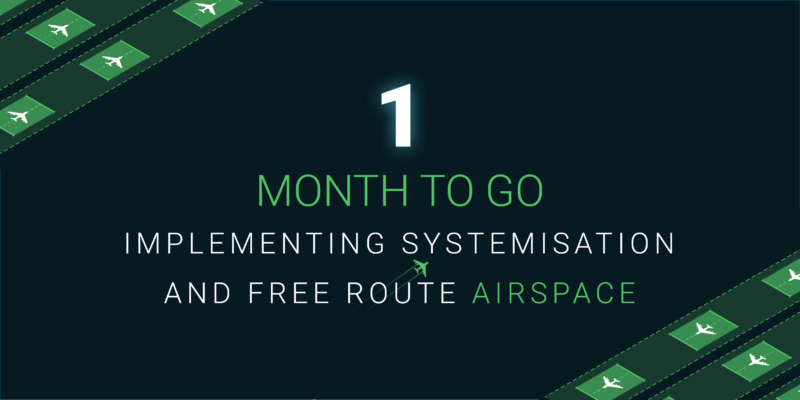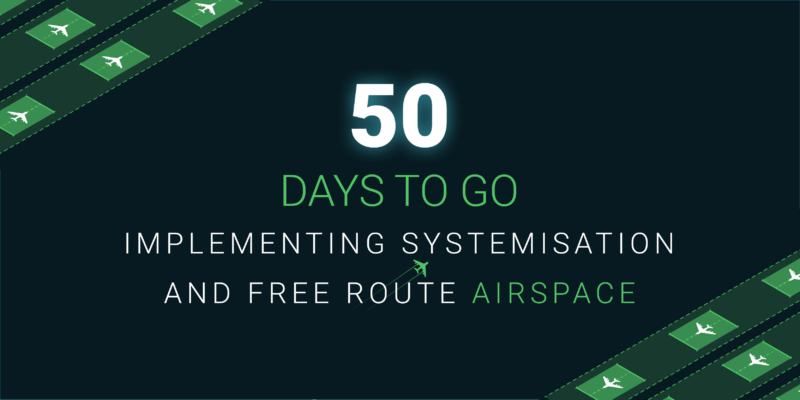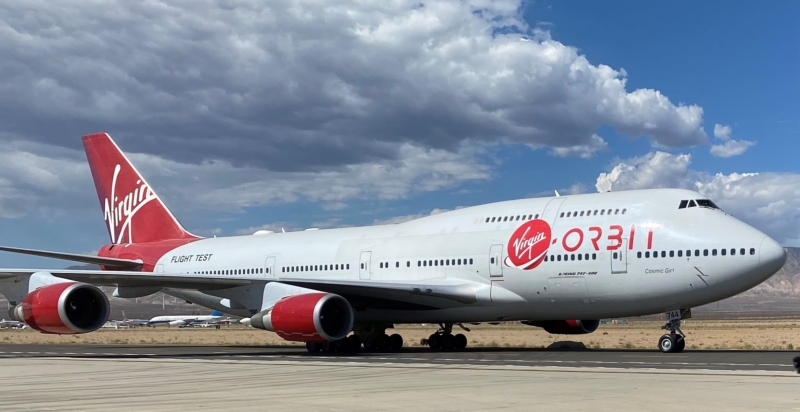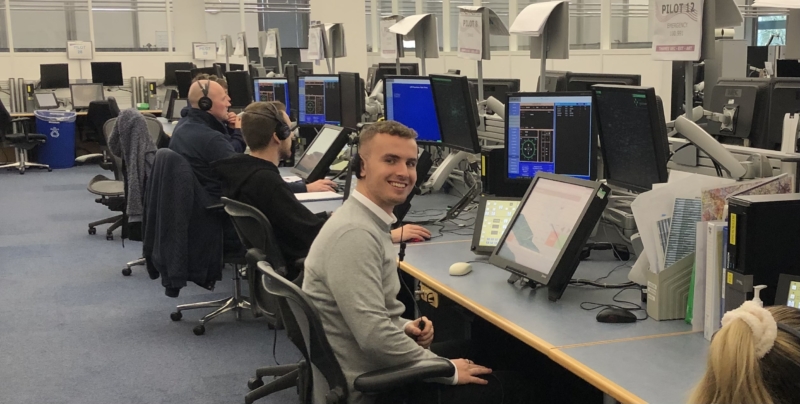West Airspace Deployment: Getting ready for implementation
23 February 2023We’re now less than a month away from West Airspace Deployment (West) and we are busy working through our final stages of preparation for implementation on 23 March.
In our previous West blog, Pete McAllister talked about our upcoming airspace changes which will transform the way aircraft fly above 7,000ft over southwest England and Wales. As he said, we’ve taken huge strides to get here over multiple years of planning, and the next month will see a great team effort to get it over the line. Every minute counts in the run up to deployment and the clock has been ticking for our training team.
Designing an effective training plan is a careful balance between maintaining a service for our customers and making time for controllers to train. Due to the scale of the change, West has demanded one of the largest training programmes we’ve ever built. The training package was approved by the Civil Aviation Authority (CAA) in November 2022 and includes a wide range of learning techniques to ensure everyone can build their knowledge through a combination of computer-based training (CBT) to cover the theory, alongside ‘hands on’ practical learning in simulators, which replicates real life scenarios.
Airspace changes affect a range of roles across the operation, each with their own bespoke training objectives. We’re conscious that everyone learns in different ways; what might be right for one individual may not work as well for the next, so we work hard to find the right balance for everyone. Feedback has been positive and we are well on our way to getting all 600 controllers involved in the changes through their individual training packages – a big task that the team is well on track to deliver.
Training can range from a single CBT module through to the full package for those who will experience the most changes, with multiple CBT modules, knowledge checks and extensive briefings; this culminates in several days of practical activities in our simulated operating environment where trained assessors sign off their competency on the new operating procedures.

West controllers being trained on the new airspace design
The overall programme amounts to more than 2,000 training hours. It’s not just controllers who have to learn the new procedures; modules also must be completed by supervisors, air traffic services assistants, flight information officers and duty technical support across certain airports and both our Swanwick and Prestwick air traffic control centres. It takes a village, as they say! And every component is important on our path to a successful transition.
So, what have we learnt? We know that we will use CBT more widely in the future to build theoretical knowledge before moving to practical simulator training. This is primarily because it reduces the amount of time controllers are out of the operation, to maintain operational resilience, and it also provides increased flexibility for when and where colleagues can complete the training programme.
We’re now in the final weeks before three years of preparations come to fruition, with continued practical simulator activities for the West sector controllers. As they complete their training, we need to give them the right level of support to maintain their competency and confidence. We’re looking forward to welcoming the first aircraft into the new simpler and more efficient airspace on the morning of 23 March.
Comments
Please respect our commenting policy and guidelines when posting on this website.



